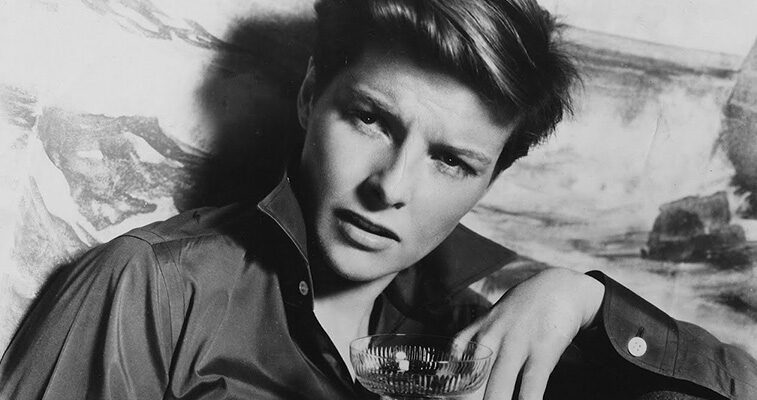[6]
In the first and least successful of their screen pairings, Katherine Hepburn and Cary Grant star as swindlers who end up running a traveling vaudeville show on the shores of England. Hepburn’s character disguises herself as a young man in order to evade police looking for her father (Edmund Gwenn), a gambler on the lam. The episodic script becomes unfocused when the father becomes dangerously paranoid that his new wife (Dennie Moore) is cheating on him, Hepburn reveals her true gender to an attractive artist (Brian Aherne), and Grant contemplates swindling his fellow swindlers.
Sylvia Scarlett is a messy movie, but not an uninteresting one. It’s rare to see protagonists with such loose morals during the Golden Age of Hollywood. The film treats their shenanigans with a healthy sense of humor that’s easier to digest than some of the third act melodrama, especially where Gwenn’s father character is concerned. The film is most interesting near the end, when Hepburn teams with Aherne’s artist to go after Grant and the artist’s double-crossing girlfriend. But as the chase goes on, Hepburn and Aherne fall in love and start looking for excuses to delay their journey’s end.
If the muddled script had been finessed more to center on the dual love triangles, Sylvia Scarlett might be a more distinguished title in the filmographies of its stars and director, George Cukor. Even still, it’s not bad for a first collaboration — one that would later give us the classics Holiday and The Philadelphia Story.

